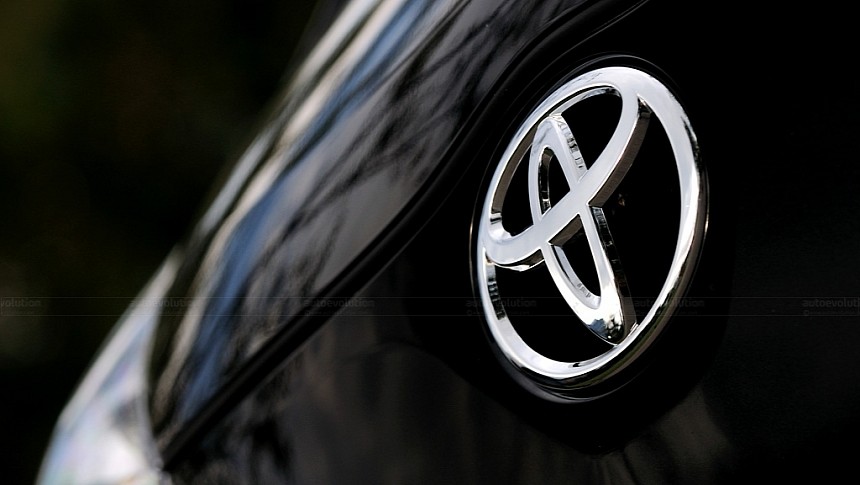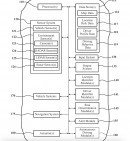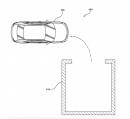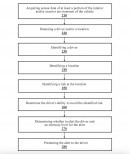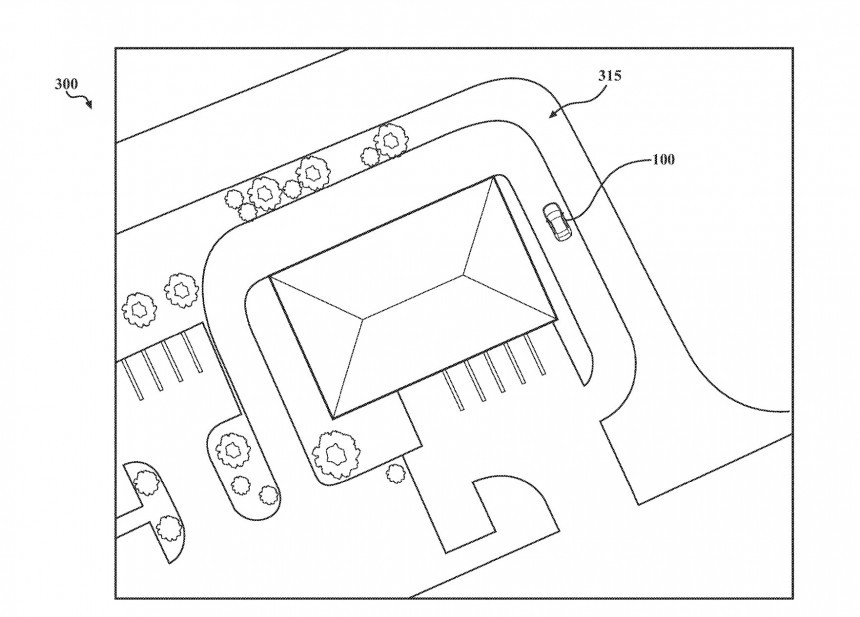Toyota has recently filed a patent for so-called "behavior-based vehicle alerts," promising to detect dangerous situations and provide a warning to the driver.
Vehicle alerts have been around for several years in different form factors. Navigation software can warn about various traffic-related hazards, including accidents, potholes, and speed traps.
However, Toyota believes drivers need alerts for dangerous situations that aren't directly related to traffic but could represent a potential danger.
The company generally refers to these situations as "risks," explaining that the most efficient way to determine them comes down to the driver's behavior behind the wheel.
It means Toyota proposes a personalized warning system, so unlike existing implementations, only some drivers get the alerts. They're not generic notifications but only warnings based on how you behave behind the wheel.
The patent application offers a closer look at how the technology works.
The Japanese carmaker says the system needs to monitor your driving habits to determine how you react in certain situations. It's a way to personalize the alerts, as you wouldn't get the same warnings as everybody else. It's why the company calls the technology "behavior-based," as it only generates an alert when it knows it makes sense for you.
If you wonder what Toyota considers "a risk," the company says it can be anything that could cause a dangerous situation for you, including "a collision at a drive-through lane, a busy intersection, a parking garage, or a highway ramp." If Toyota's system believes you might hit it, it's a risk, so the system can generate a warning to prevent the collision.
Once the alert system gets to know you, it can determine how you react in certain situations. The company says past driving behaviors help build a profile that includes information, such as "whether the driver successfully avoided similar risk."
The alert system collects information from vehicle sensors, eventually comparing the predicted risks with past information. The system can determine the likelihood of the driver avoiding the risk, assign an intensity level to the alert, and decide whether the warning can be generated.
Case in point, a driver that could hit a pole due to a narrow road.
It's not a secret that narrow roads, especially when cars are parked on both sides of the road, can be a challenge for drivers. Vehicle entrances and parking garages aren't the most accessible locations on narrow roads, so Toyota's systems try to determine the likelihood of a driver hitting them using the abovementioned concept. If you previously drove on a similar road and were close to hitting a pole, the car can estimate that you're likely to hit it again when entering the parking garage.
The system can generate an alert and show it on the screen in the vehicle as you approach its location, so you can pay more attention to the road and enter the parking garage more carefully. The technology also considers more factors, such as the direction the driver is facing, the steering angle, and the speed of the vehicle. As a result, the warnings are generated in real time, sometimes only a few seconds before you arrive at the flagged point.
The technology is still in the patent stage, so you'd better not hold your breath for the company to bring it on a mass-produced model. Carmakers often file patents for new technologies to protect their ideas without intending to pursue them.
Meanwhile, software developers are also working on similar solutions that could help prevent certain hazards, though they're not as advanced as Toyota's concept.
Sygic, one of the leading names in the navigation space, recently introduced a wrong-way driver alert system that generates user warnings based on crowdsourcing information. It's an approach already pioneered by Waze, as users on the road upload traffic reports that are used to generate notifications for other motorists. Eventually, every journey is more predictable, making it safer for a driver to head to a destination, especially if it's located in an unfamiliar region.
Increasing the predictability factor is also Toyota's main goal with this technology. The alert system isn't limited to traffic hazards, as it includes any potential danger that could lead to a collision. However, Toyota says it makes no sense to spam users with alerts when they can safely handle a flagged risk. For example, if you can safely drive on a narrow road without getting close to a parked car, Toyota doesn't think it's worth generating a warning. Otherwise, spamming you with notifications can become intrusive and frustrating, eventually causing more distractions behind the wheel.
Eventually, Toyota can improve the system with more advanced capabilities, such as V2V data exchange, that could allow cars on the road to share risk information for faster calculations. The collected information can also be expanded with additional data, including even the level of expertise of the driver, biometric information, and the type of vehicle being driven.
However, Toyota believes drivers need alerts for dangerous situations that aren't directly related to traffic but could represent a potential danger.
The company generally refers to these situations as "risks," explaining that the most efficient way to determine them comes down to the driver's behavior behind the wheel.
It means Toyota proposes a personalized warning system, so unlike existing implementations, only some drivers get the alerts. They're not generic notifications but only warnings based on how you behave behind the wheel.
The patent application offers a closer look at how the technology works.
If you wonder what Toyota considers "a risk," the company says it can be anything that could cause a dangerous situation for you, including "a collision at a drive-through lane, a busy intersection, a parking garage, or a highway ramp." If Toyota's system believes you might hit it, it's a risk, so the system can generate a warning to prevent the collision.
Once the alert system gets to know you, it can determine how you react in certain situations. The company says past driving behaviors help build a profile that includes information, such as "whether the driver successfully avoided similar risk."
The alert system collects information from vehicle sensors, eventually comparing the predicted risks with past information. The system can determine the likelihood of the driver avoiding the risk, assign an intensity level to the alert, and decide whether the warning can be generated.
It's not a secret that narrow roads, especially when cars are parked on both sides of the road, can be a challenge for drivers. Vehicle entrances and parking garages aren't the most accessible locations on narrow roads, so Toyota's systems try to determine the likelihood of a driver hitting them using the abovementioned concept. If you previously drove on a similar road and were close to hitting a pole, the car can estimate that you're likely to hit it again when entering the parking garage.
The system can generate an alert and show it on the screen in the vehicle as you approach its location, so you can pay more attention to the road and enter the parking garage more carefully. The technology also considers more factors, such as the direction the driver is facing, the steering angle, and the speed of the vehicle. As a result, the warnings are generated in real time, sometimes only a few seconds before you arrive at the flagged point.
The technology is still in the patent stage, so you'd better not hold your breath for the company to bring it on a mass-produced model. Carmakers often file patents for new technologies to protect their ideas without intending to pursue them.
Sygic, one of the leading names in the navigation space, recently introduced a wrong-way driver alert system that generates user warnings based on crowdsourcing information. It's an approach already pioneered by Waze, as users on the road upload traffic reports that are used to generate notifications for other motorists. Eventually, every journey is more predictable, making it safer for a driver to head to a destination, especially if it's located in an unfamiliar region.
Increasing the predictability factor is also Toyota's main goal with this technology. The alert system isn't limited to traffic hazards, as it includes any potential danger that could lead to a collision. However, Toyota says it makes no sense to spam users with alerts when they can safely handle a flagged risk. For example, if you can safely drive on a narrow road without getting close to a parked car, Toyota doesn't think it's worth generating a warning. Otherwise, spamming you with notifications can become intrusive and frustrating, eventually causing more distractions behind the wheel.
Eventually, Toyota can improve the system with more advanced capabilities, such as V2V data exchange, that could allow cars on the road to share risk information for faster calculations. The collected information can also be expanded with additional data, including even the level of expertise of the driver, biometric information, and the type of vehicle being driven.
